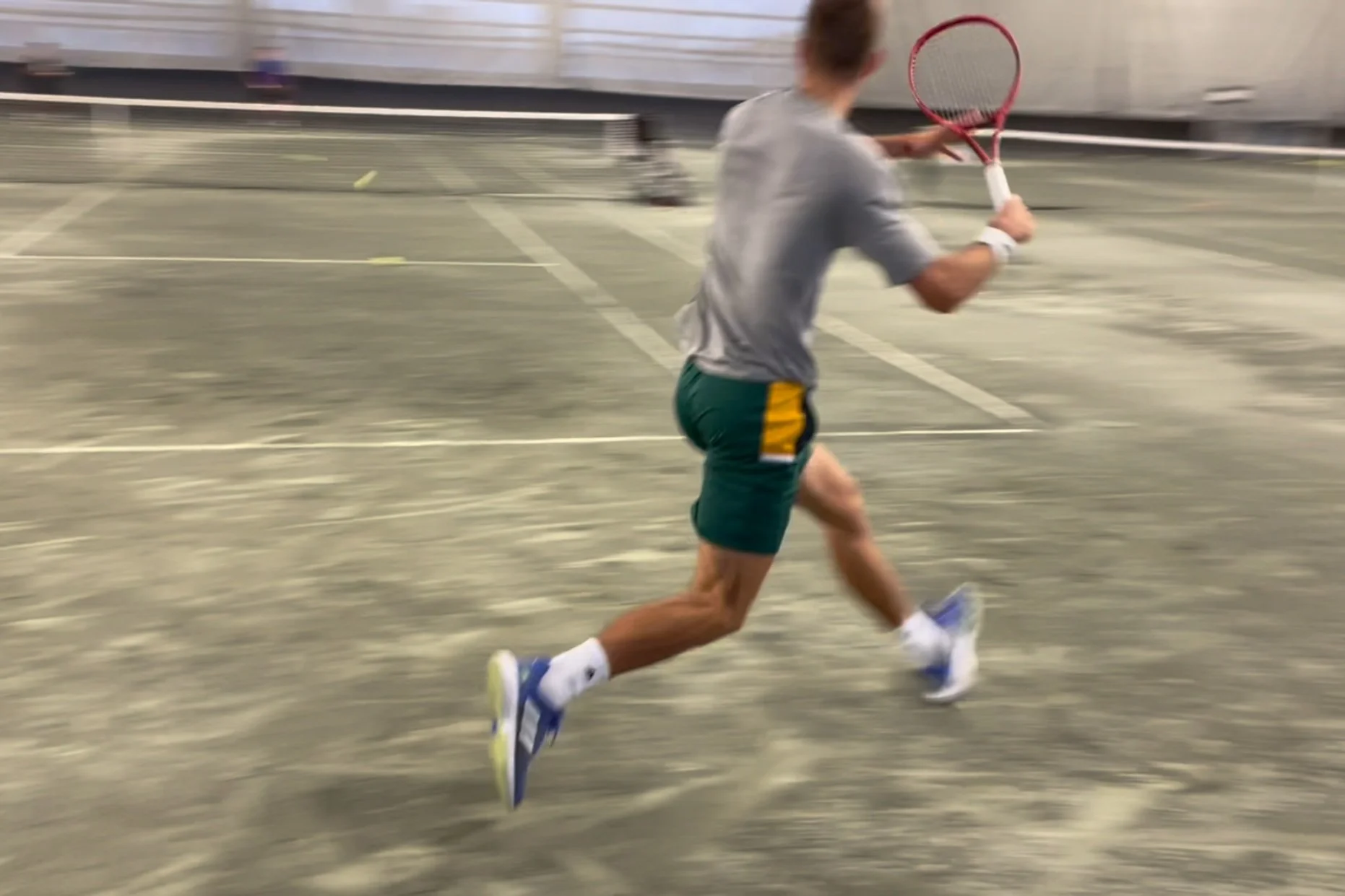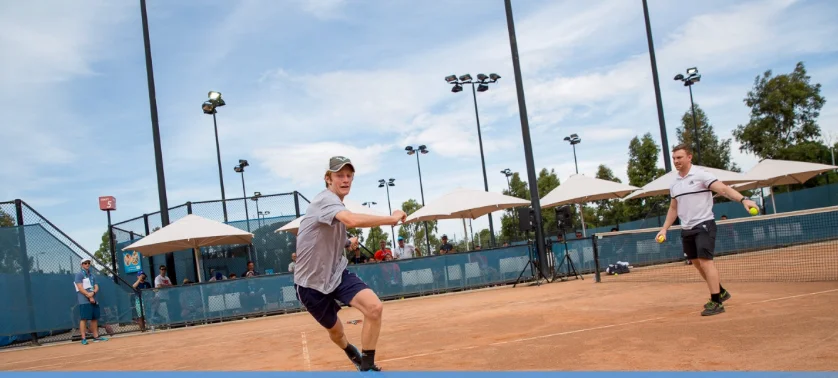When beginners first start playing tennis, their movements are rather mechanical. While many coaches appear frustrated, this process is totally normal. Why so? Early on, a beginner uses a lot of conscious effort in order to complete a task. But with exposure (and hopefully proper instruction), their movements begin to stabilize...and eventually, after considerable time, they don’t even have to think about their actions, they simply ‘do it’.
Viewing entries tagged
skill development
If you’re involved in tennis at any level, you’re like me, constantly searching for ways to help players learn and improve.
At the base, though, what is it that we’re trying to improve? From my perspective, it’s skills - the more skilled a player is, in theory, the better they’ll perform (although even skilled performers can underperform...but that’s a whole other topic).
Imagine this scenario. An amateur player takes a lesson from a coach with the hopes of hitting a forehand like Roger Federer.
Let’s say the coach plays along. He/she presents a sequence of images to the amateur in order to see exactly the various phases of Roger’s forehand. Next, the amateur performs shadow swings, going through each position as carefully as possible. The coach then feeds the amateur a few balls, providing feedback ONLY on how close the stroke looks to Roger’s.
Coordination training is an often misunderstood and at times haphazardly delivered element of physical preparation. As with everything in coaching, context is king. A simple search of coordination training can lead you to a whole host of elaborate and dynamic drills. A well-meaning coach sees these drills and looks to implement them in their next practice – again I’m not suggesting that this is malpractice, but, more often than not, the context for including that exercise is missing.





